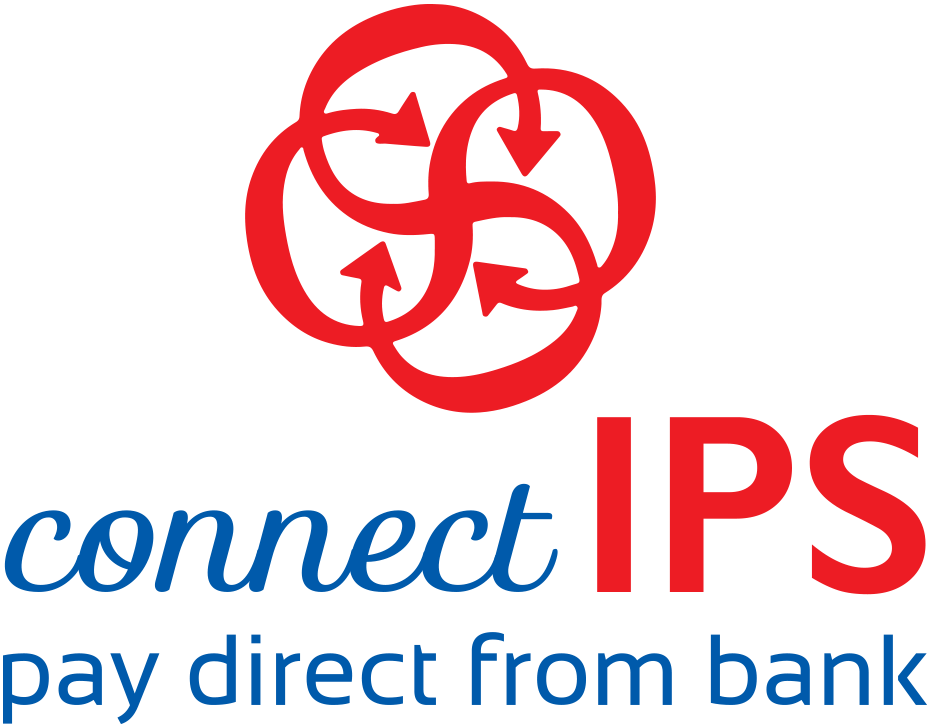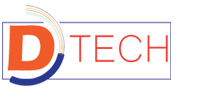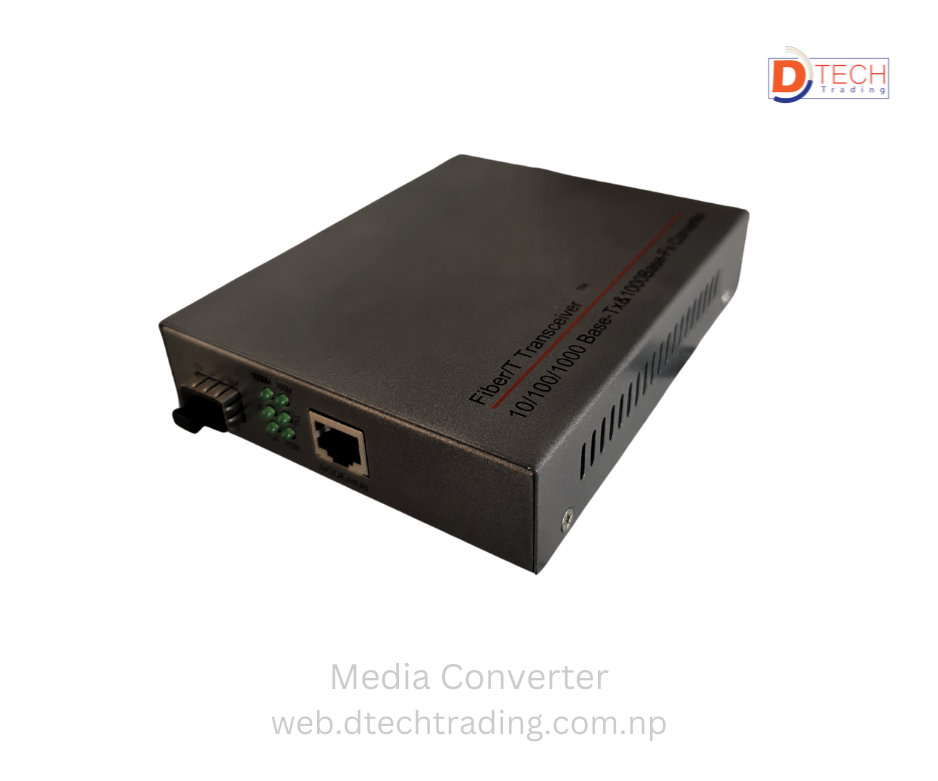

Media converter Switch Linking MC 1200
Loading variant details...
Variant Specifications
-0.00% Rs7024.71
List Price:Rs7,024.71 now per pc(1)
Product Description of Media Converter Switch Linking MC 1200:
Full-Gigabit 4-Network 2-Fiber Ethernet Fiber Switch adopts a low-power consumption design with a solid metal case; all components are industrial-grade, providing reliable equipment for working in harsh environments. It can be used in coal mines, factory automation, water treatment systems, power conventional substation networks, new energy, traffic control and video monitoring systems, network communication, and other fields to form a variety of fast Ethernet. Provide better manageability and QoS, including VLAN, mirroring, port isolation, support for spanning tree STP (802.1D), and RSTP (802.1w).
Packing List of Media Converter Switch Linking MC 1200:
- High-performance network switching technology
- Provide 2 gigabit fiber ports, 4 gigabit network ports, the interface to support 10 / 100M adaptive, full / half-duplex mode, and MDI / MDI-X automatic detection
- Support for 9600 bytes giant frames
- The optical interface supports multimode, single mode and dual-fiber, single-fiber transmission modes
- transmission distance series is complete and can achieve up to 120 kilometers of transmission
- There is no need to set up the ring network; you can quickly configure the network function
Support for the broadcast storm suppression function Support for IEEE802.3/802.3u/802.3xIEEE802.3D/IEEE802.3W Ultra-low bit latency and elastic cache technology:
adopt "storage and forward" mode, seamless connection to different rate devices, and adaptive working mode
Support for 2 KMAC addresses
Reliable Ring Net Design
Stable performance, 64-byte package, delay of 10 μ s, packet loss rate is 0, network turbulence or equipment failure, restart, fault recovery time of 5 s
A switch with 4 Ethernet network ports and 2 fiber ports typically refers to a network switch designed to support both copper Ethernet connections and fiber optic connections. Here's a general overview of the specifications you might expect from such a switch:
Ethernet Ports:
- Number of Ports: 4
- Interface Type: 10/100/1000 Mbps Ethernet ports (Gigabit Ethernet)
- Connector Type: RJ45
Fiber Ports:
- Number of Ports: 2
- Interface Type: Fiber-optic ports (typically SFP or SFP+ ports)
- Connector Type: LC, SC, or other fiber optic connectors, depending on the switch model
Switching Capacity:
- The switching capacity would depend on the specific model and manufacturer. It's usually measured in terms of Gigabits per second (Gbps) and indicates the maximum throughput the switch can handle.
Layer Support:
- The switch might support various network layers, such as Layer 2 (Data Link Layer) and Layer 3 (Network Layer), depending on its intended use and features.
Power Supply:
- Power input requirements (AC or DC) and power consumption specifications.
Management Features:
- Depending on the model, the switch might offer management features such as VLAN support, QoS (Quality of Service), SNMP (Simple Network Management Protocol), and port mirroring.
Form Factor and Mounting:
- The physical form factor of the switch (e.g., desktop or rack-mountable) and mounting options.
Additional Features:
- Some switches may offer additional features like PoE (Power over Ethernet), which can provide power to connected devices such as IP phones or security cameras over the Ethernet ports.
Customer Questions & Answers
Have a question? Ask it here!
Customer Questions & Answers
Login to ask a question.
Related Products
Our Partners
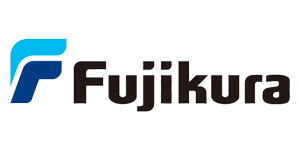
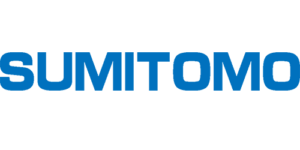
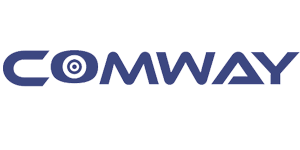
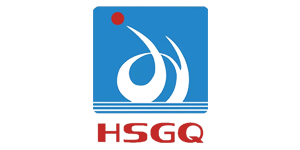
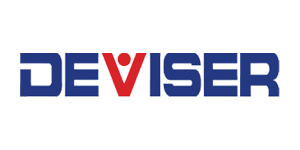
Secure Payment By
